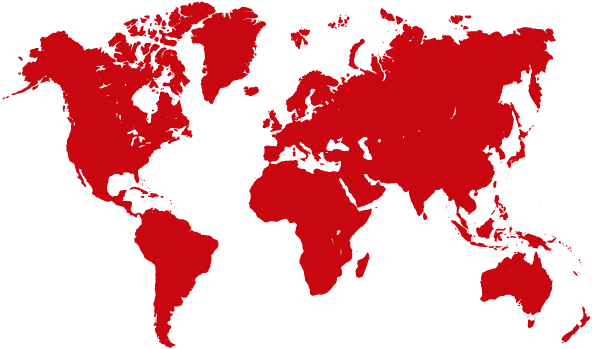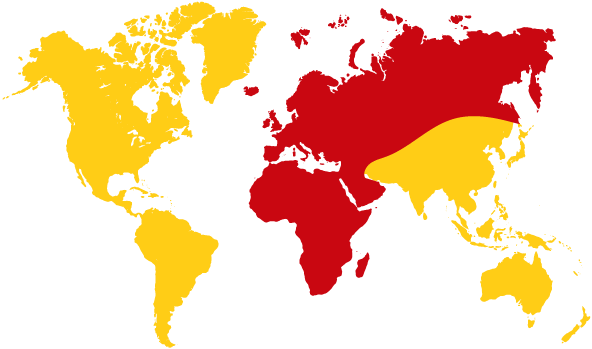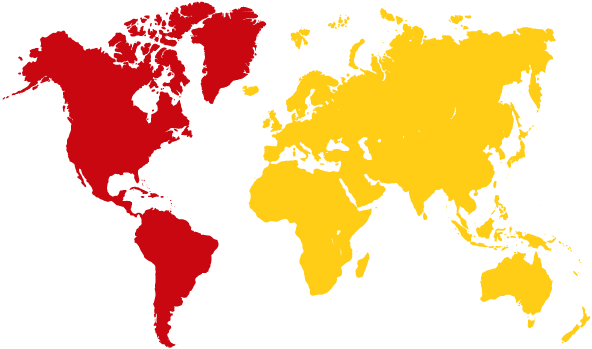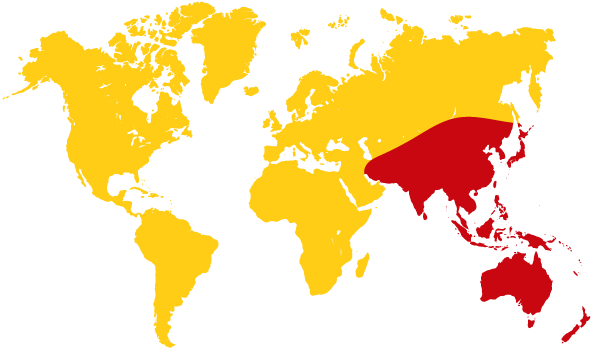Hams provide emergency communications
Typhoon Bopha (local name Pablo) has hit The Philippines uprooting trees, downing power lines, sparking landslides and making 40,000 people head for shelters.
It was the strongest of about 20 typhoons to affect the country this year with its heavy rain and wind gusting up to 210km/h as it came ashore at Mindanao.
The Philippine Amateur Radio Association (PARA) had its ham emergency radio operations (HERO) working when the typhoon struck the southern Philippines.
PARA is using all available means of communication like HF radio (7.095 MHz) VHF radio (144.740 MHz), the internet and social media (Facebook, email, echolink) to monitor the situation and give updates to all concerned.
Ham emergency radio operators have been assisting in the communication needs of these cities (as reported by DW5JMJ, DU5AOK and DU8BGA).
RADNET 5, a local club of amateur radio operators in Tacloban City, is very active in helping provide the city with vital communications link.
It is in constant coordination with the City Disaster Risk Reduction Management Council (CDRRMC). So far, 5,700 families have been evacuated from Saint Bernard.
RADNET 5 is also assisting the Red Cross in Tacloban and Saint Bernard. The City Government of Tacloban City has used the Tacloban Convention Centre as one of its evacuation centres.
The casualties have been minimal, due to preparations, the cooperation of evacuees and the mammoth response and recovery efforts.
— Jim Linton VK3PC, Chair of the IARU Region 3, Disaster Communications Committee, with PARA Chief Operating Officer Eddie Valdez DU1EV.
Hams provide emergency communications
Print This Post



